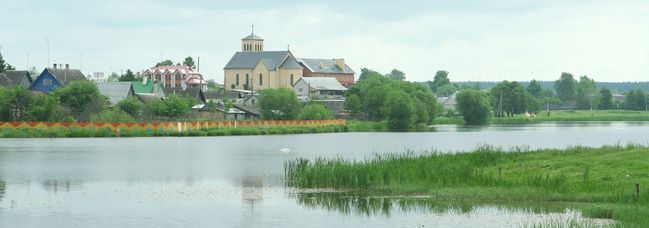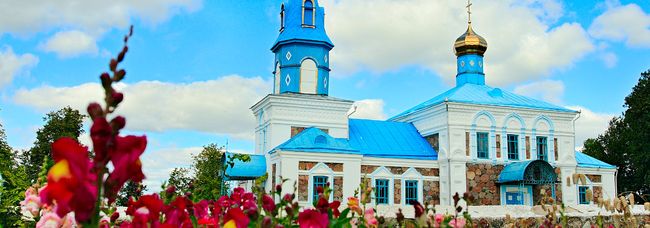
Dokshitsy Regional Executive Committee
Address: 31 Leninskaya Street,
Dokshytsy 211722
Phone:
8 (02157) 3-25-10 from 8.00 to 17.00
Fax:
8 (02157) 3-25-11
E-mail:
rikdok@vitebsk.by











Address: 31 Leninskaya Street,
Dokshytsy 211722
Phone:
8 (02157) 3-25-10 from 8.00 to 17.00
Fax:
8 (02157) 3-25-11
E-mail:
rikdok@vitebsk.by










More than 66% of Belarusians consider state symbols as the main national symbol of Belarus, Nikolai Sukhotsky, Deputy Director for Science and Innovations at the Institute of Sociology of the National Academy of Sciences of Belarus, said as he cited findings of a telephone poll in an interview with BelTA.
The Institute of Sociology of the National Academy of Sciences of Belarus conducted a telephone interview survey “Public opinion on the events of the Great Patriotic War, historical memory”. The poll was running from 27 March to 11 April February and covered 902 people.
Respondents were asked to name the main national symbol of Belarus.
The answers were the following: 66.6% of respondents answered “State Symbols of the Republic of Belarus”, 45.3% said “Folk Symbols”, 41.3% responded “Belarus' Cultural Heritage Sites”, 33.1% said “Great Patriotic War Memorials”, 30.8% said “Belarusian Language and Literature”, 27.3% responded “Historical Symbols”, 15.1% said “Religious Shrines”, and 2.8% of respondents found it difficult to answer.
“Such answers are predictable, although Belarusians have always demonstrated a positive attitude to both state and folk symbols. The results showed that the majority of the population considers state symbols - coat of arms, flag and anthem - to be the main national symbols of Belarus. Folk symbols - stork, bison, and cornflower - take quite a weighty position in the rating, and so do the country's cultural heritage sites and the Great Patriotic War memorials. We can see that the memorials of the Great Patriotic War hold a valuable place for one third of citizens. This is a large number. We can assume why religious shrines do not occupy the first place - they are different for each denomination. The state symbols of the Republic of Belarus are something that unites regardless of religion, social and demographic characteristics, something that is important for any citizen of the Republic of Belarus,” Nikolai Sukhotsky said.
In general, state symbols play a crucial role in the life of any country, the deputy director stressed. “They reflect the identity and cultural code of the nation, serve as a link between the state and its citizens, ensure the continuity of generations and the consolidation of society,” he added.